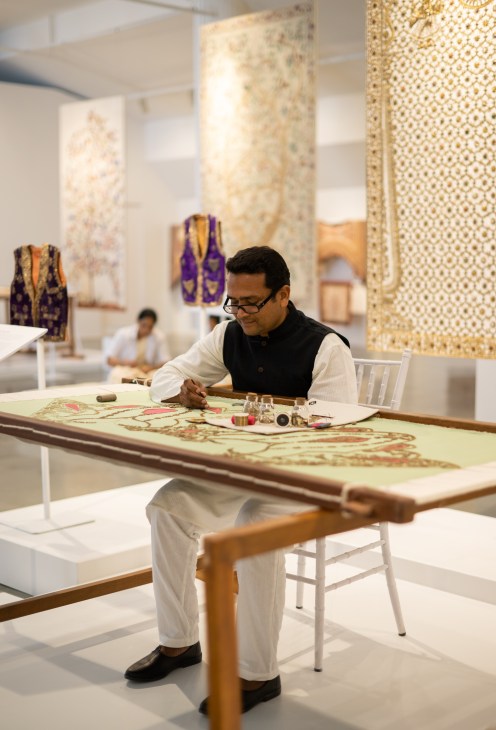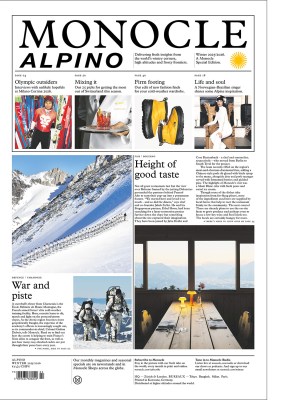The renaissance of artist residencies
Art residencies are booming – and this new wave is being led by the artists themselves.
Art is everywhere if you look for it and so too are art residencies. These have been a structural part of the art landscape for decades with renowned and selective institutions such as Yaddo in New York State and Rome’s Villa Medici, but their importance is burgeoning as they proliferate, often far from the customary capitals of art.
What’s behind the art-residency boom? The support of artists once fell to patrons like those who funded the Renaissance. In the 20th century, galleries took on the role of den mother to their stable of artists. “As the gallery universe has become more about sales and less about support, residencies are stepping into the role of fostering artists,” says Duccio Maria Gambi, an artist and designer who was among the first guests at the Numeroventi art residence in Florence, arguably the city of art patronage. “Everyone wants to be the new patrons of artists and residencies are creating community between artists in the way that galleries used to when the art world was less commercial.”


Artists themselves are opening many of the new residencies – especially in Africa, where growing international interest has created a generation of successful artists, some of whom are giving back by bolstering infrastructure for the arts in places with little support. Kaloki Nyamai launched the Kamene Art Residency in Nairobi. In Ghana, Amoako Boafo inaugurated Dot Ateliers in Accra. Ibrahim Mahama opened the Savannah Centre for Contemporary Art in Tamale. Kehinde Wiley, the star American artist of Nigerian descent, launched his Black Rock residence in Dakar, Senegal.
As the cities where artists concentrate have become more expensive to live in, residencies serve the function of providing time for creation, exchange with fellow artists and an escape from the demands of ordinary life. “These are experiences that help artists to rapidly grow their practice or explore a new direction and it’s exciting to be a part of that,” says Palazzo Monti’s Edoardo Monti. In the current property market, the days of converted factories in urban centres providing cheap homes and studios for artists have disappeared – as have galleries that can gamble on experiments. The new hubs of art creation are now spread all over the world, in family palazzos, rural cottages and other reinvented spaces.
Now the trend is expanding from the art world to the design industry. In India, the Shakti design residence (pictured) launched last year with a mission to promote Indian craft and bolster the country’s artisans. Designers from abroad are selected by a panel that includes Milanese gallerist Nina Yashar. The chosen group then spends a month between Jaipur and New Delhi working with artisans to develop collectable design, mentored by the likes of Swiss designer Yves Béhar and Polish designer Marcin Rusak. Shalini Misra, the architect who founded Shakti, hopes that designers gain “insight into the breadth and depth of craft in India, and understand it through the lens of the contemporary design world.” Shakti is not, she says, designed to be a one-way street but “to create new design languages that inform both the work of the designers and of the Indian artisans and collaborators they work with”. A residency offers the unique chance to bring together both the creatives and the makers. “Time spent together is the best way to do that,” says Misra.


